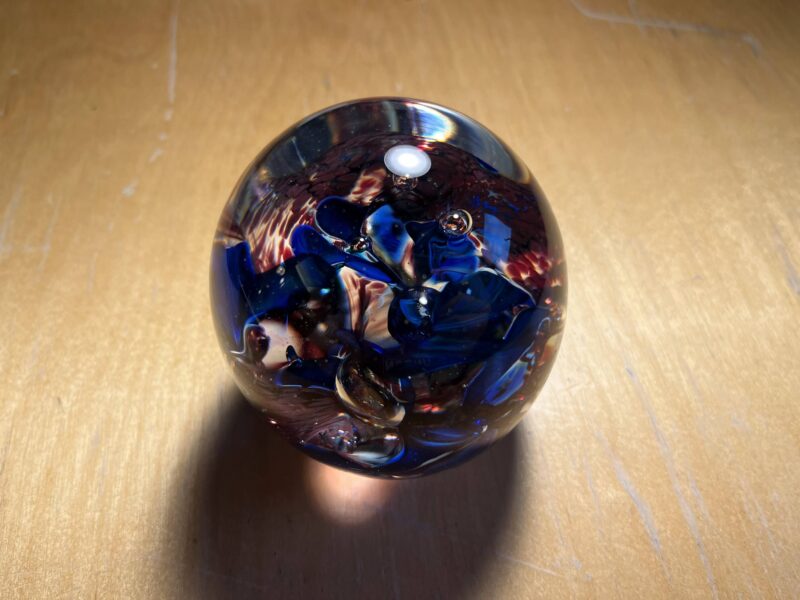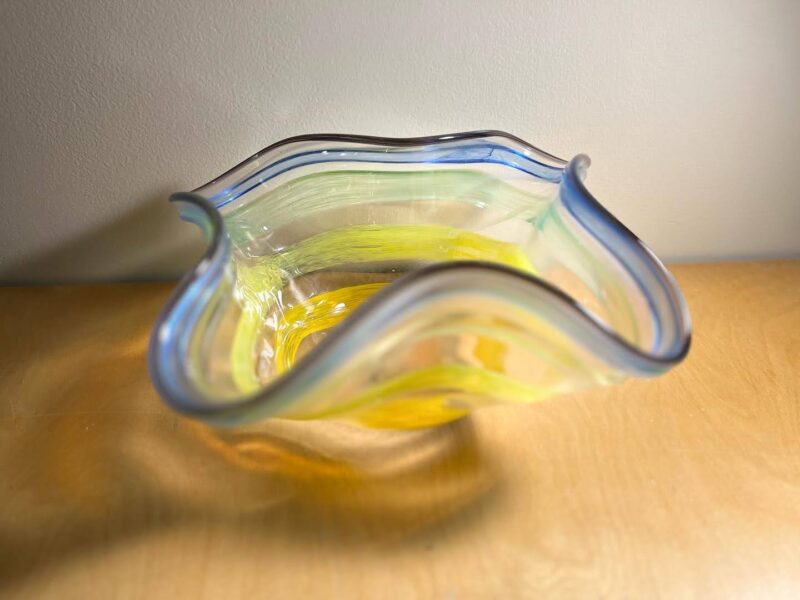
Don’t Eat the Hot Glass by Andi Q. '25
Five things you can’t eat in the MIT Glass Lab for “health and safety” reasons 🙄
This semester, I was lucky enough to take the beginner glassblowing course in the MIT Glass Lab, where I spent eight weeks learning about the ancient art form. One heavily-emphasized aspect of the class was “safety” (as if I’d ever need that when working with molten liquids). Here are five things that you can’t (or at least shouldn’t) eat in the Glass Lab, tempting as it may be.
1. Hot Glass Doesn’t Taste Like Honey
Imagine this – it’s 8 pm, and you’ve been blowing glass for four hours straight. You forgot to bring food in a green take-out box from Maseeh lunch, and compensating by drinking copious amounts of water isn’t working anymore. Suddenly, you catch a glimpse of a glimmering caramel orb. Its golden glow beckons you forth as it slowly drips off the blowpipe like warm honey.
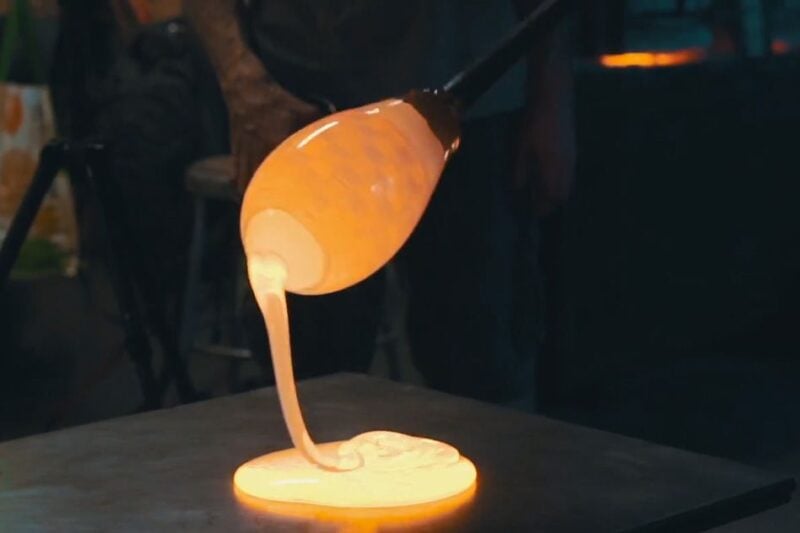
Mmm, hot glass
Do you dare to reach forth and scoop a spoonful for yourself?
If you’re a Glass Lab instructor, then probably not. Apparently, hot glass glows not because it’s the forbidden food of the gods but because it’s heated to thousands of degrees in the furnace. Talk about defective!
I tried protesting that the glass must be jam-packed with the energy I need to get through the day because of all that heat, but they weren’t having it. They then proceeded to lecture me about “lab safety” and “that’s not how human physiology works”. Naturally, I zoned out almost immediately. While they droned on about “third-degree burns”, I gazed around the room and crafted a counterargument.
“If it’s not honey, why does it stick to things? Checkmate, safety nerds!” I proudly exclaimed.
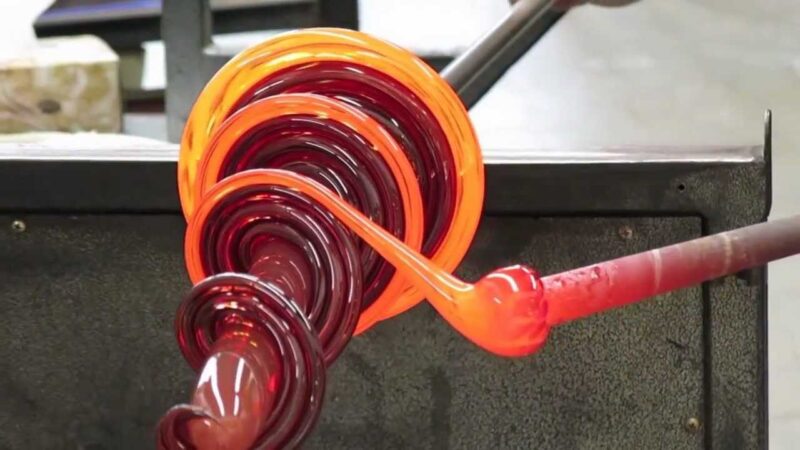
Hot glass sticking to itself (just like honey)
Much to my dismay, the instructors conveniently had an explanation for this too. It turns out molten glass isn’t sticky, but instead so hot that everything melts onto it… or so they’d like me to believe.
2. Glass Frit Doesn’t Pop In Your Mouth
The subsequent disappointment came just a few days later when we started working with coloured glass. In beginner glassblowing, we used glass frit – tiny shards of glass – to apply the colour.
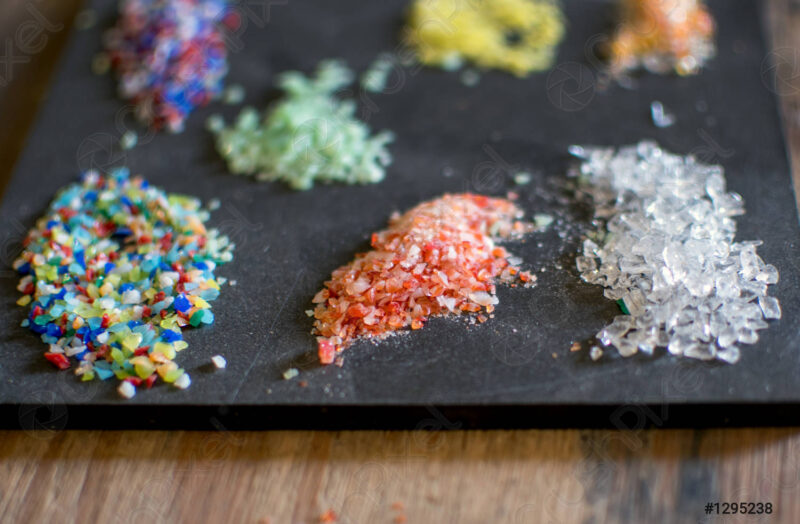
All sorts of different flavours of glass frit
Looks familiar?
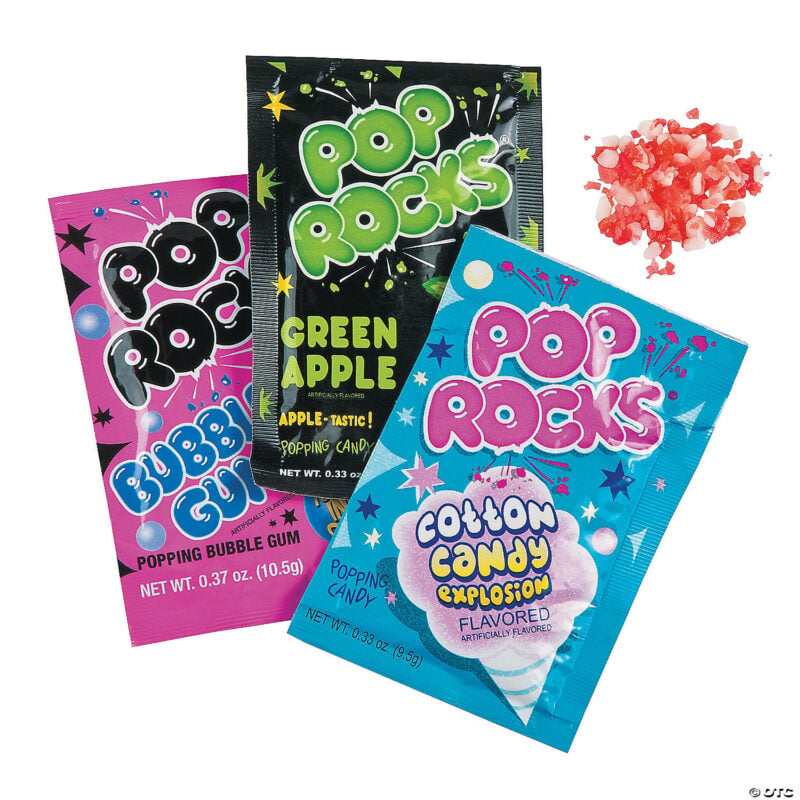
Yum
Just like how you sometimes roll a lollipop in pop rocks, you also roll a gob of hot glass in the frit to apply it. They even come in fun, fruity flavours like “vanilla” and “orange”! But alas, glass frit is nothing more than eye candy, and I begrudgingly refrained from eating it.
3. Prince Rupert’s Drops Aren’t Exotic Hard Candies
When I first heard of Prince Rupert’s drops, I thought (as most people naturally would) they’d be some exotic hard candy first concocted for a capricious Victorian-era European prince. I wondered what their flavour could be – perhaps blackcurrant with a hint of ginger? In any case, when I heard that there would be a demonstration involving them at the Glass Lab, I ensured that I’d be the first to get my hands on a few of these mysterious confections.
Lo and behold, my dietary dreams were once again dashed when I learned that Prince Rupert’s drops were nothing more than beads of molten glass dropped into cold water.
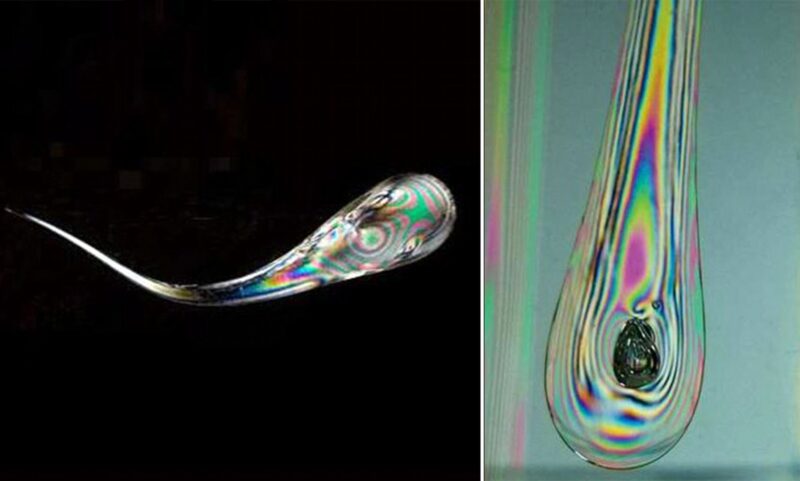
A Prince Rupert’s drop imaged with a polariscope. Looks pretty exotic (and delicious) to me
While one of the instructors excitedly explained how internal stresses render the bulbous head bulletproof, I sulked in the corner and fantasized about what could have been. But then I had an idea – what if they were telling me all this so they could keep the Prince Rupert’s drops for themselves?
I was just about to pop one in my mouth when someone noticed and swatted it out of my hand and onto the floor, shattering it instantly. “So much for bulletproof”, I thought, convinced that it was a mechanism to release all the flavour at once. Once again, the instructors conveniently had an explanation at hand – this time, they said that even a slight nick to the tail would cause the entire thing to explode.
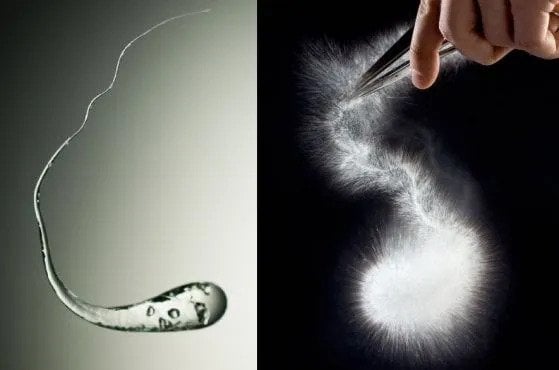
An explosion of flavour
All right then, MIT Glass Lab, keep your secrets.
4. The Pineapple Mold Isn’t a Fruit
At this point, I’d gotten it into my head that the Glass Lab does not produce candy. I was starting to feel confident in my abilities to distinguish between edible and inedible when they threw yet another curveball at me, this time in the form of a fancy new piece of equipment – a so-called pineapple mould.
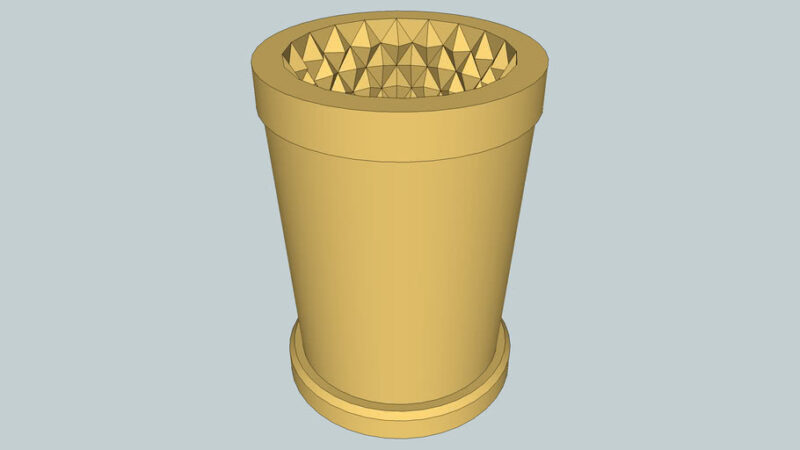
A pineapple mould
Seriously? This thing doesn’t even look like a pineapple. Get it together, MIT.
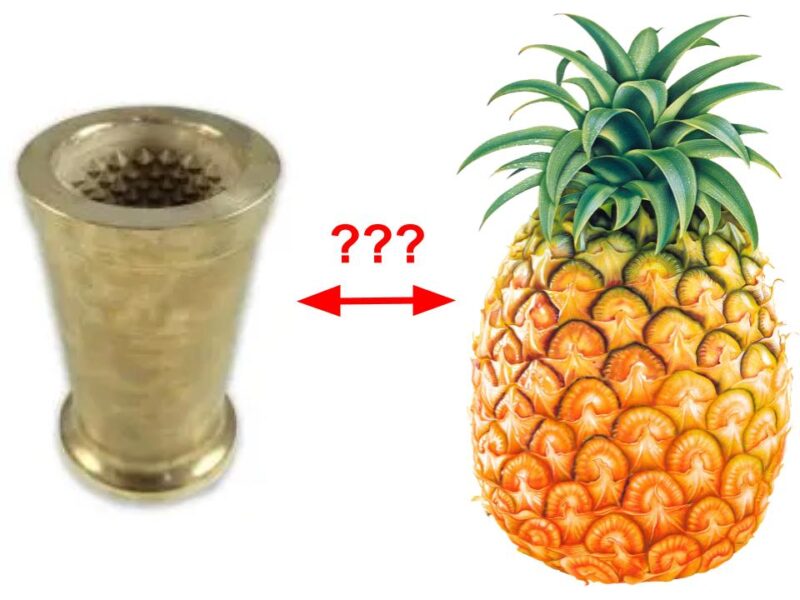
???
At least I got to make a cool cup using it.
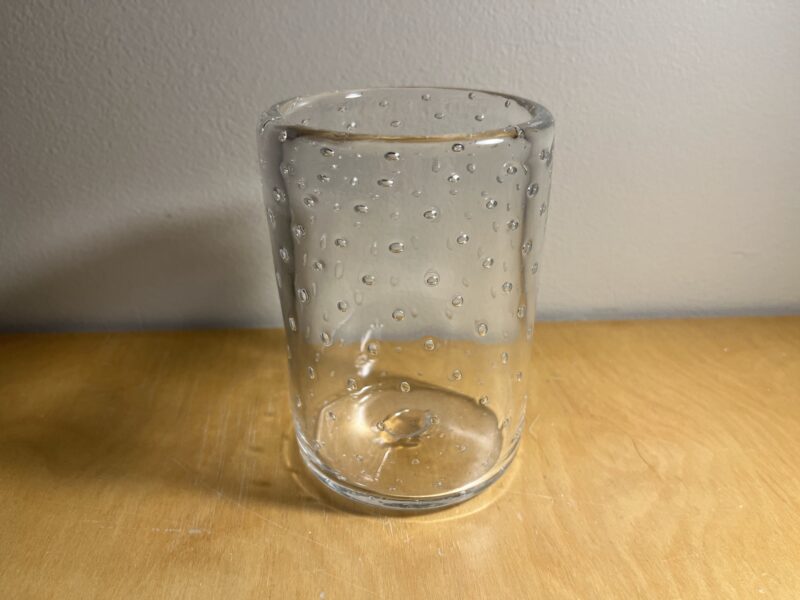
The indentations from the pineapple mould trap bubbles in the glass
5. You Can’t Make Pie Using Glass Pumpkins
MIT is famous for its so-called “great glass pumpkin patch”, where they sell hundreds of hand-blown glass pumpkins.
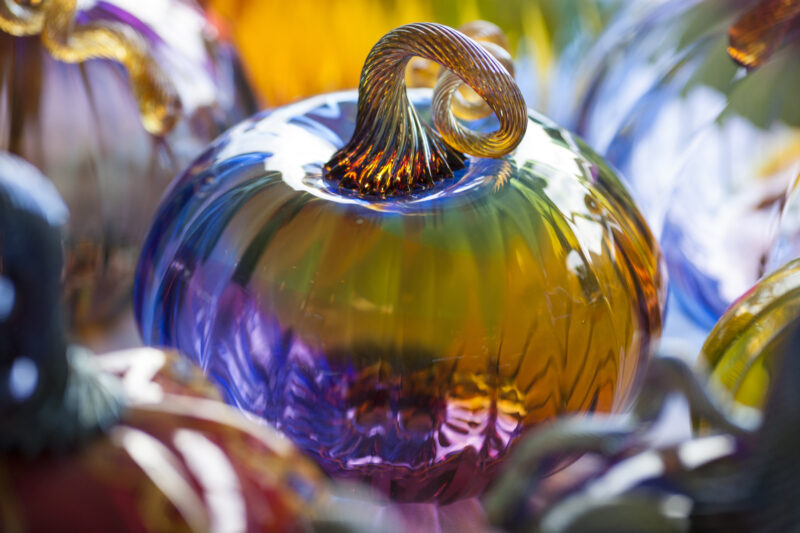
A beautiful glass pumpkin from the 2020 pumpkin patch
I couldn’t snag one for myself this year, so I jumped at the opportunity to make my own pumpkin as a final project. Surprisingly, everything went well in the process!
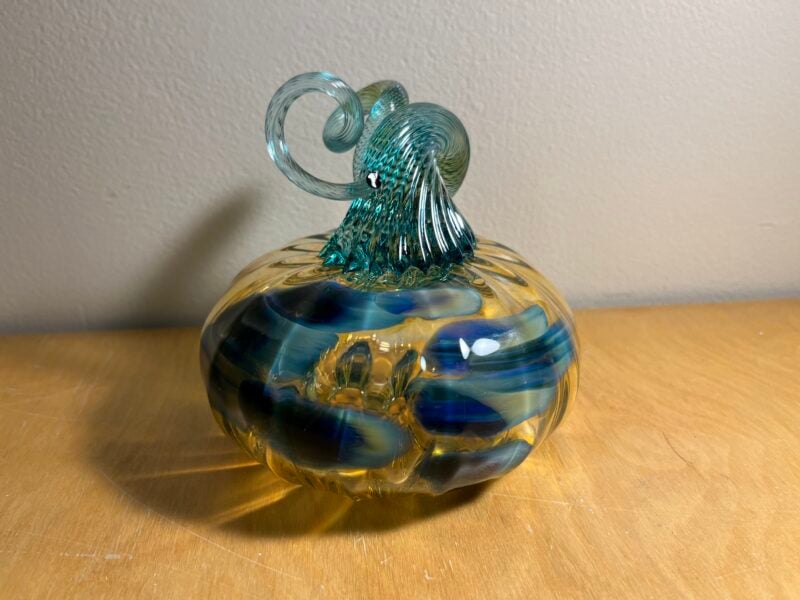
My own glass pumpkin (with some chemical reactions between the colours)!
But right as I was about to put the pumpkin into the annealing oven, one of the instructors joked about it looking very appetizing but being “unfit for human consumption”. Wow, so you’re telling me I can’t even make a basic pumpkin pie out of this?
Thanksgiving. Ruined.
Anyway, enjoy some pictures of other stuff I’ve made in the Glass Lab this semester:
